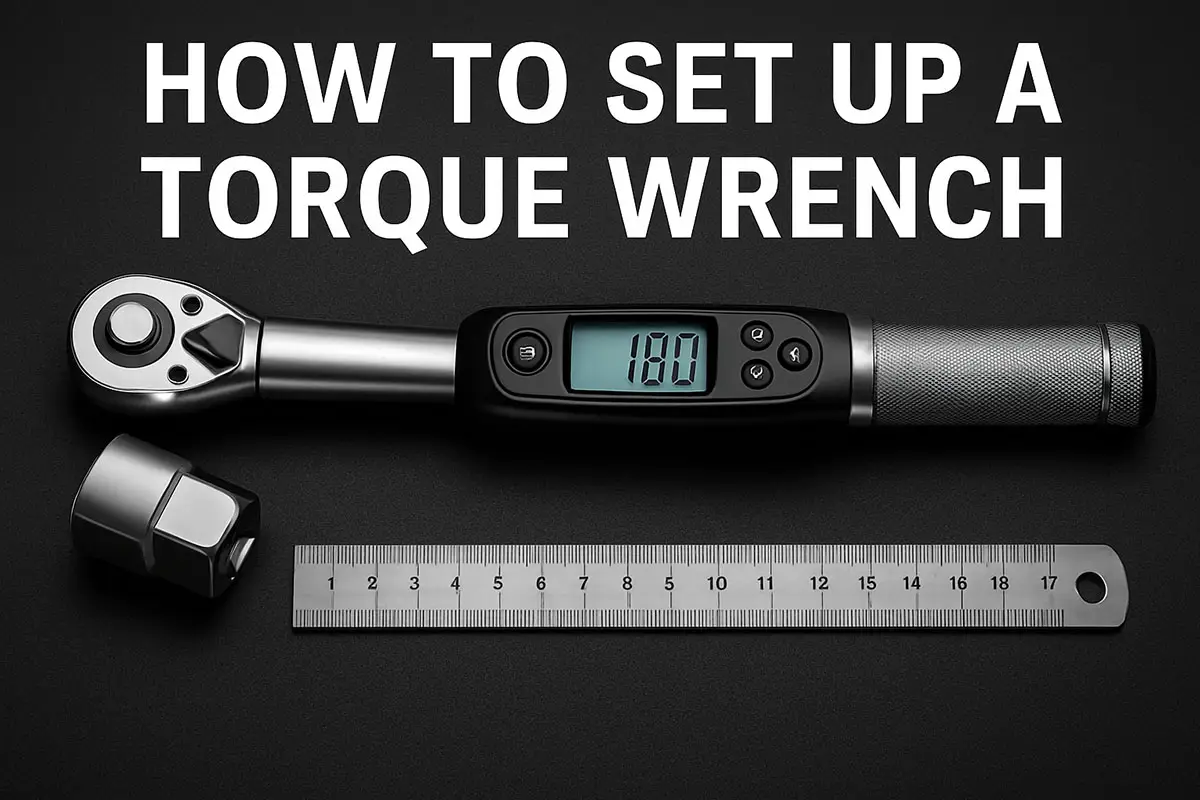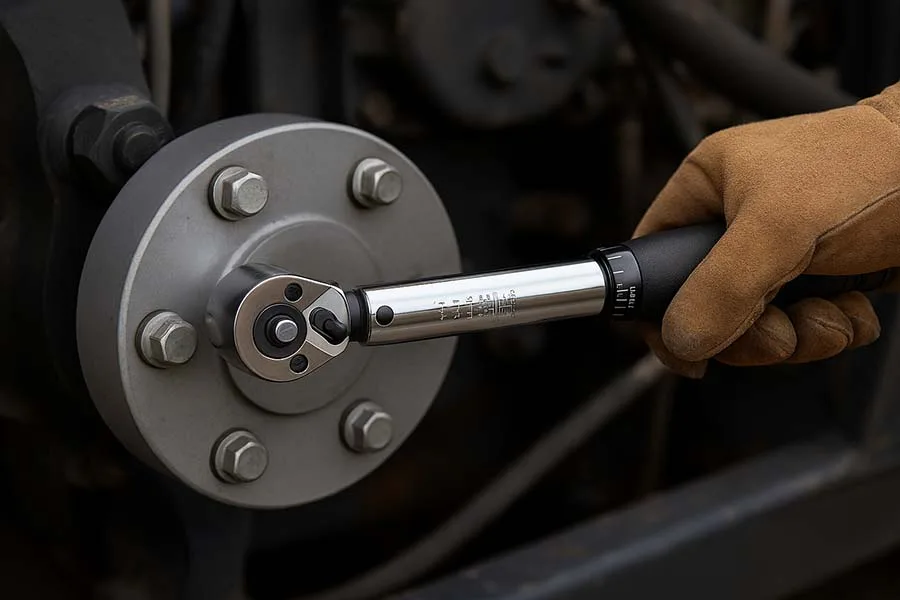Torque wrenches are essential tools in any industrial, automotive, or mechanical environment. However, improper use can lead to costly mistakes: overtightened bolts, stripped threads, or even catastrophic equipment failure. In this guide, we’ll cover practical safety tips, common mistakes, and best practices for using torque wrenches effectively.
Why Torque Wrench Safety Matters
Every bolt and fastener has a torque specification—the exact amount of rotational force needed to secure it properly. Applying too little torque can cause parts to loosen over time. Applying too much can strip threads, damage equipment, or cause bolts to break.
Overtightening is one of the most common issues in workshops and factories. It not only increases maintenance costs but can also create safety hazards for personnel. Understanding and respecting torque specifications is crucial for both quality and safety.
Common Causes of Overtightening
- Guesswork and “Feel” Method
Many technicians rely on hand feel instead of measuring torque. Even experienced hands can easily apply too much force. - Incorrect Torque Wrench Calibration
Using a wrench that is out of calibration leads to inaccurate torque delivery. Regular calibration is essential. - Ignoring Bolt Material and Grade
Different materials and grades require specific torque values. A high-strength steel bolt tightened like a standard bolt can fail or deform parts. - Using the Wrong Torque Wrench Type
Click-type, beam, and digital wrenches each have their specific applications. Using the wrong type may result in misapplied torque.
Best Practices for Safe Torque Wrench Use
- Always Check the Bolt Specification
Refer to manufacturer manuals or engineering specifications. Know exactly what torque value is required. - Use Proper Technique
- Pull the wrench handle smoothly, don’t jerk.
- Avoid “pushing” the wrench with your body weight, which can exceed torque limits.
- Calibrate Wrenches Regularly
Most torque wrenches should be calibrated annually, or after 5,000–10,000 cycles. Calibration ensures accuracy and safety. - Avoid Reusing Torque Wrenches for Impact Applications
Torque wrenches are not designed for high-impact or hammering. Using them incorrectly can permanently damage the tool. - Store Wrenches Correctly
Release the torque setting before storage to reduce spring tension and maintain accuracy.
Recognizing Signs of Bolt Overtightening
- Thread Stripping: Visible damage to threads is a clear sign of excessive torque.
- Deformed Bolt Head: Rounded or crushed heads indicate overtightening.
- Equipment Misalignment: Components may warp or fail to seat properly when bolts are too tight.
- Bolt Breakage: A broken bolt is the most severe consequence and can be dangerous.
Common Mistakes to Avoid
- Ignoring torque specifications.
- Using worn or damaged sockets.
- Relying on old or uncalibrated torque wrenches.
- Tightening bolts in a random sequence instead of a recommended pattern.
- Applying torque beyond the wrench’s maximum capacity.
Extra Tips for Professionals
- Mark Torque Settings: Use paint or markers to indicate correctly tightened bolts in repetitive assembly processes.
- Use Lubrication Wisely: Oil or grease changes torque requirements. Adjust values accordingly.
- Document Torque Values: For critical assemblies, keep torque records to trace potential failures.
Funny Fact
Many mechanics have a “clickitis” obsession—listening for the click sound too eagerly can lead to multiple retorques and unnecessary bolt stress. It’s surprisingly common!
Lesser-Known Fact
Torque wrenches lose accuracy faster when exposed to extreme temperatures or humidity, so storing them in controlled conditions significantly extends lifespan and safety.
Conclusion
Torque wrench safety is not just about avoiding mistakes—it’s about protecting your equipment, maintaining quality, and preventing accidents. By following proper procedures, calibrating tools, and respecting torque specifications, you can avoid overtightening, prevent bolt failures, and ensure long-lasting, reliable assemblies.
Want To Learn More About Torque Wrenches?
Find out more information on torque wrenches in the following articles:
- The Ultimate Guide to Torque Wrenches
- How to Use a Torque Wrench in the Automotive Industry
- Automotive Torque Wrench Buying Guide 2025
- Digital vs. Mechanical Torque Wrenches: Which Is Better?
- Best Digital Torque Wrench in 2025
- How to Calibrate a Torque Wrench: Step-by-Step Guide
- Top Torque Wrench Manufacturers Reviewed (2025 Edition)
- How to Set Up a Torque Wrench Correctly (Step‑by‑Step)
- How to Read a Torque Wrench Correctly?
- Torque Wrench Maintenance: How to Extend Its Life
- 5 Common Mistakes When Using a Torque Wrench
- The Future of Torque Wrenches: Smart Tools & Automation 2025
- Aerospace Fasteners: Precision, Weight & Vibration Resistance
- Torque Wrench Safety: Prevent Overtightening & Bolt Failures
- Torque Wrench Accuracy Explained | Understanding Tolerance in Practice
- Digital Torque Wrench Calibration – Step-by-Step Guide 2025
- Snap-On Digital Torque Wrenches (2025) – Premium Review
- Proto Torque Wrenches: Complete Buying Guide & Pro Review (2025 Edition)
- How to Choose the Right Torque Wrench for Your Job
Do you have any torque wrench safety tips or lessons learned from the field? Share your experiences in the comments below and help others avoid common mistakes!





